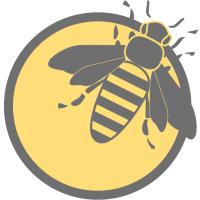Earlier and more uniform spring green-up linked to lower insect richness and biomass in temperate forests
Communications Biology, 6 (1):
1052 (Nov 7, 2023)DOI: 10.1038/s42003-023-05422-9
Abstract
Urbanization and agricultural intensification are considered the main causes of recent insect decline in temperate Europe, while direct climate warming effects are still ambiguous. Nonetheless, higher temperatures advance spring leaf emergence, which in turn may directly or indirectly affect insects. We therefore investigated how Sentinel-2-derived start of season (SOS) and its spatial variability (SV-SOS) are affected by spring temperature and whether these green-up variables can explain insect biomass and richness across a climate and land-use gradient in southern Germany. We found that the effects of both spring green-up variables on insect biomass and richness differed between land-use types, but were strongest in forests. Here, insect richness and biomass were higher with later green-up (SOS) and higher SV-SOS. In turn, higher spring temperatures advanced SOS, while SV-SOS was lower at warmer sites. We conclude that with a warming climate, insect biomass and richness in forests may be affected negatively due to earlier and more uniform green-up. Promising adaptation strategies should therefore focus on spatial variability in green-up in forests, thus plant species and structural diversity.
Links and resources
Tags
community
@amyspublication's tags highlighted

